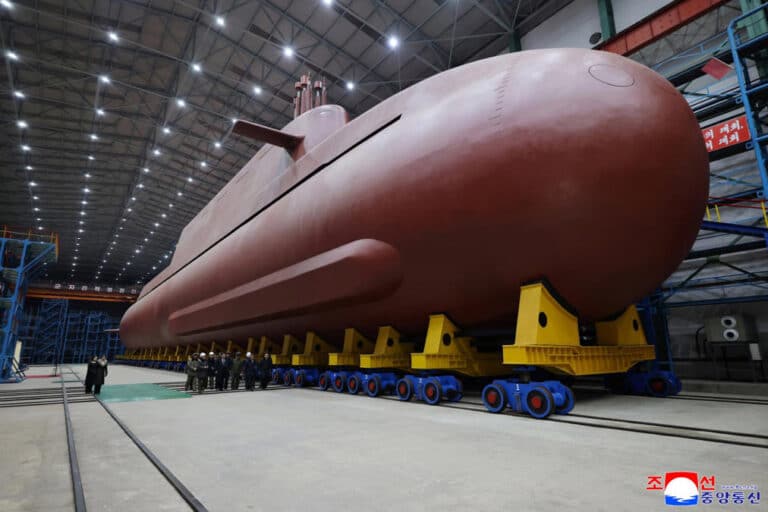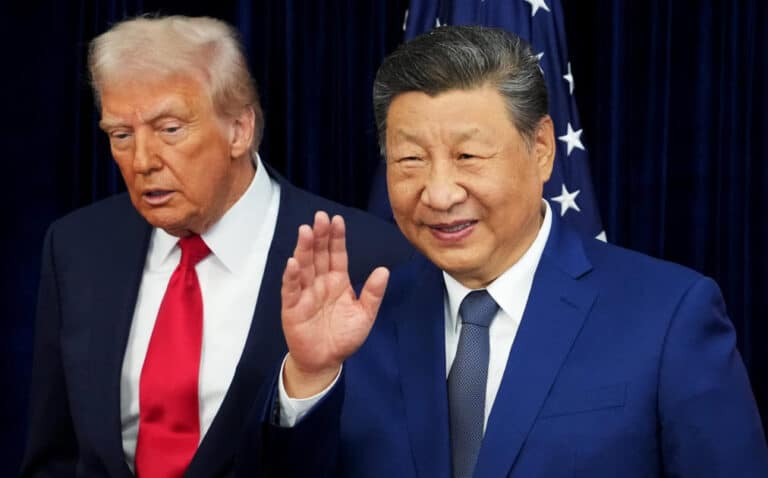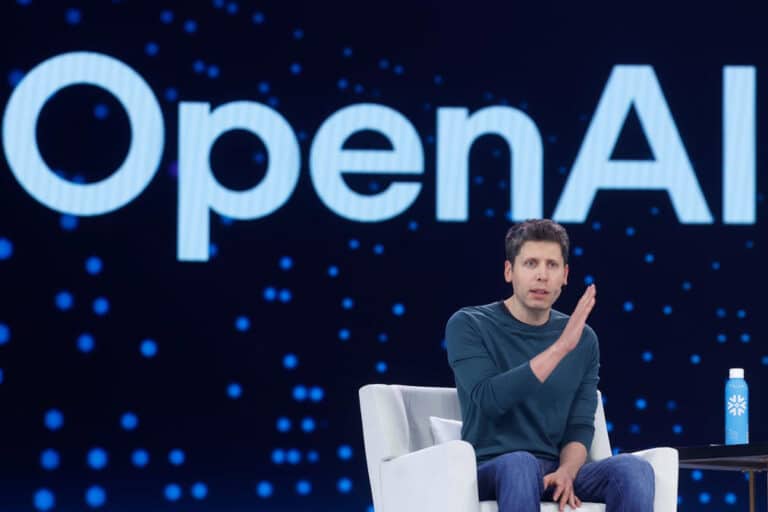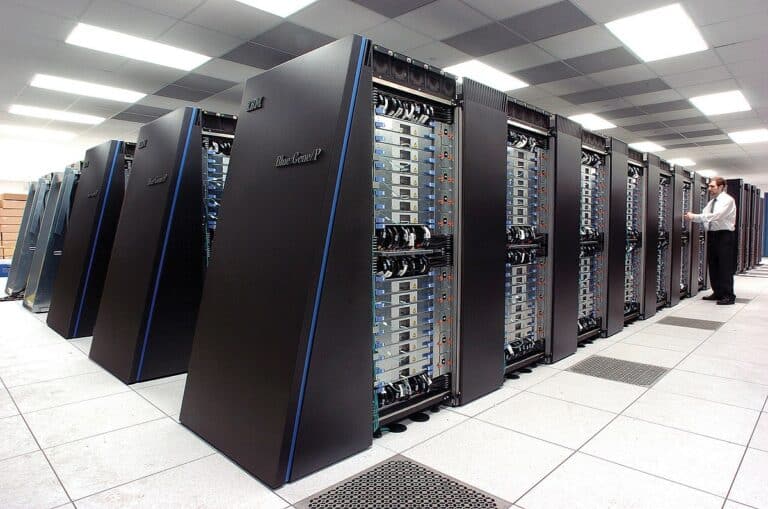
At the Huawei Middle East and Central Asia Tech Carnival & Partner Summit 2025 in Tashkent, Phillip Gan, Senior Vice President of Huawei, outlined a bold vision for the region’s digital transformation. Kursiv Uzbekistan summarises the key messages on Uzbekistan’s role and Central Asia’s digital future.
How Uzbekistan is building smart government
Uzbekistan has emerged as one of the world’s fastest growing economies, according to Phillip Gan, President of Huawei Middle East & Central Asia. Speaking at the event’s opening keynote, he praised the country for its technological progress:
«Uzbekistan is a beautiful country. It used to be an important hub to connect the eastern and the western cultures. Now Uzbekistan has made a significant deployment in the past years and is becoming one of the world’s fastest growing economies.»

Huawei sees Uzbekistan as a key partner in its regional strategy. The company is supporting the country’s digital government cloud, which has already helped Uzbekistan improve its E-Government Development Index (E-GDI) ranking from 69 to 63.
Today, the system powers over 662 e-government applications, serving more than 4.5 mln active SME users.
Gan noted that this progress reflects the ambition behind the «Digital Uzbekistan – 2030» strategy, the national strategy aimed at digital transformation and greater global visibility.
5 tech pillars to transform Central Asia
Gan identified five key pillars essential for digital intelligence across the region: intelligent connectivity, computing, cloud platforms, green energy, and strong ecosystems.
«Most countries in Central Asia are rich in energy and mineral resources. But over 50% of industrial devices are not yet digitalised. This creates a huge opportunity to merge operational technology with ICT.»

Huawei sees intelligent connectivity as the foundation for Central Asia’s transition. The company advocates for resilient, lossless networks that allow real-time data transmission and analysis—critical for industries such as power, logistics, and manufacturing.
Every $1 in tech yields $8.3 in growth
According to the Global Digitalisation Index 2024, every $1 invested in digital infrastructure delivers a return of $8.3 in GDP. Gan believes this is Central Asia’s moment to act:
«Certainly, in an uncertain world, digitalisation offers stability and growth. And now, the region needs a second option.»
That second option refers to Huawei’s alternative ecosystem—offering open, secure, and high-performance platforms across cloud, AI, and green technologies.
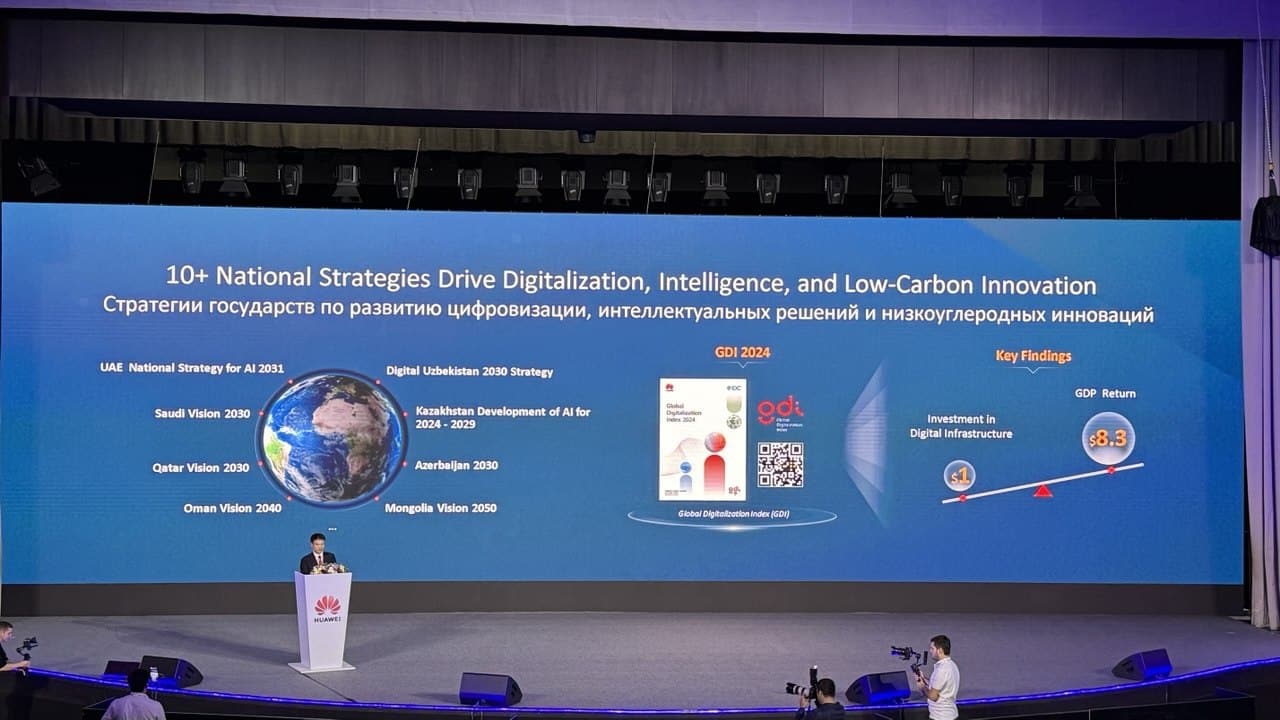
Where Huawei is powering digital change
Gan highlighted how Huawei is already driving measurable impact across the Middle East and Central Asia:
- Saudi Arabia’s national power grid saw a 30% improvement in operational efficiency after deploying Huawei’s intelligent connectivity.
- Halifax University in the UAE created an AI hybrid cluster that halved energy use and doubled performance.
The company also built the world’s largest microgrid in Mongolia, capable of functioning in extreme cold, and powered the UAE’s largest solar energy-based data centre, which cuts carbon emissions by 13,000 tonnes annually.
Huawei invests in local talent and open tech
Huawei aims to train 1 mln digital talents across the region through its ICT academies and talent development initiatives. To date, it has worked with 260 universities in the Middle East and Central Asia and trained more than 300,000 IT professionals.
In Uzbekistan, this strategy complements growing public demand for tech education and smart infrastructure. Gan also promoted Huawei’s commitment to open-source development:
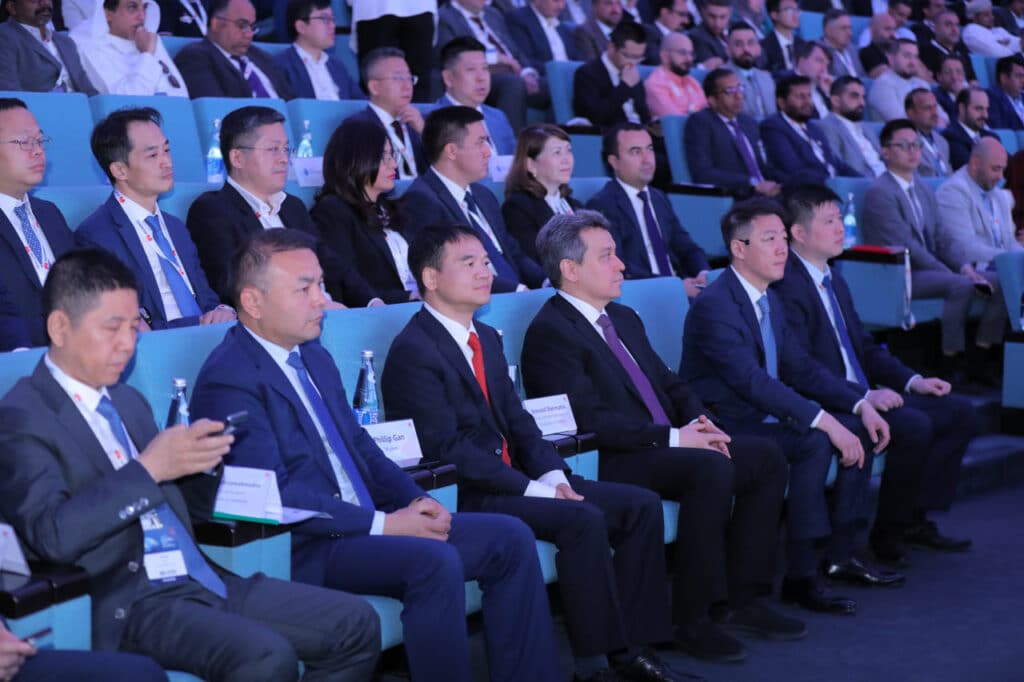
«Huawei consistently provides the industry with open-source software like OpenOLAT and OpenGAS, meeting both innovation and security needs.»
Regional Vision: Connected and Intelligent Central Asia
Gan closed by reaffirming Huawei’s dedication to regional growth:
«The Middle East and Central Asia is the key strategic market for Huawei’s global relations. We offer a second choice for stable and open digital transformation.»
Huawei has built over 14 joint innovation centres in more than 10 countries and partnered with 3,700 businesses across various industries. This includes not just technology implementation but also policy alignment, talent exchange, and sustainable development goals.
What comes next
Huawei plans to scale up its investments, form new partnerships, and support national strategies like Uzbekistan 2030 and Kazakhstan’s AI Development Concept. The goal is not only smarter economies but also greener, more resilient ones—where innovation, inclusion, and intelligence drive progress.
Gan ended his speech with a call to action:
«Everything we imagine today is too little for tomorrow. Please, don’t miss this wave.»




